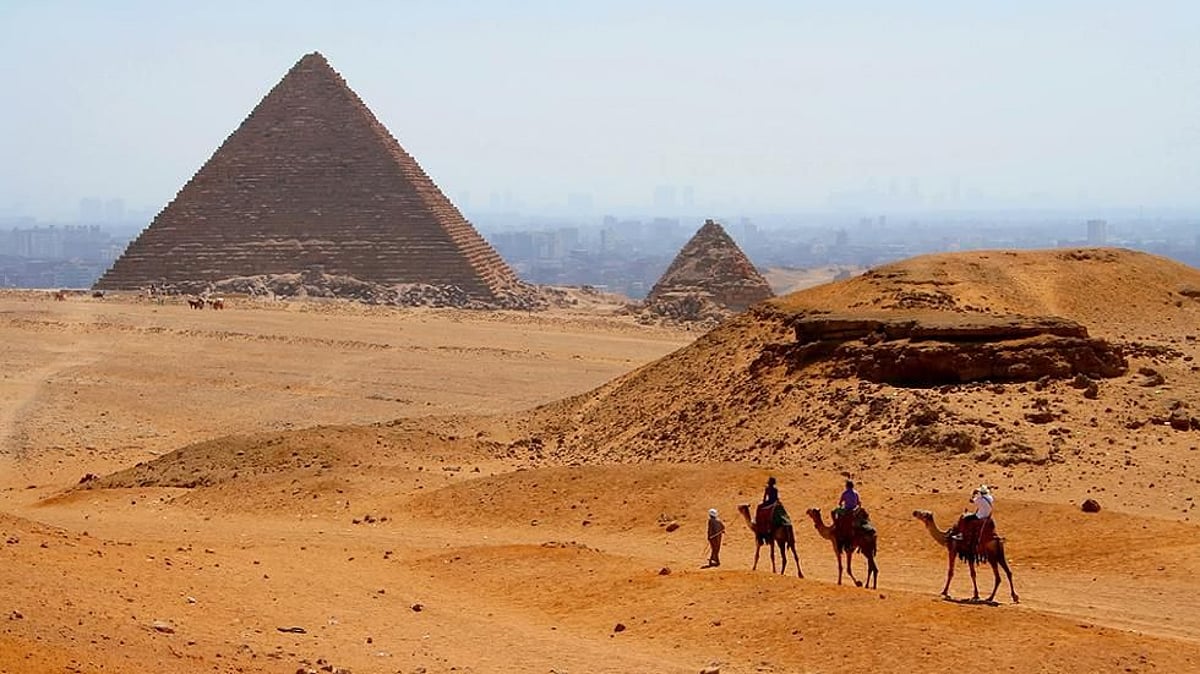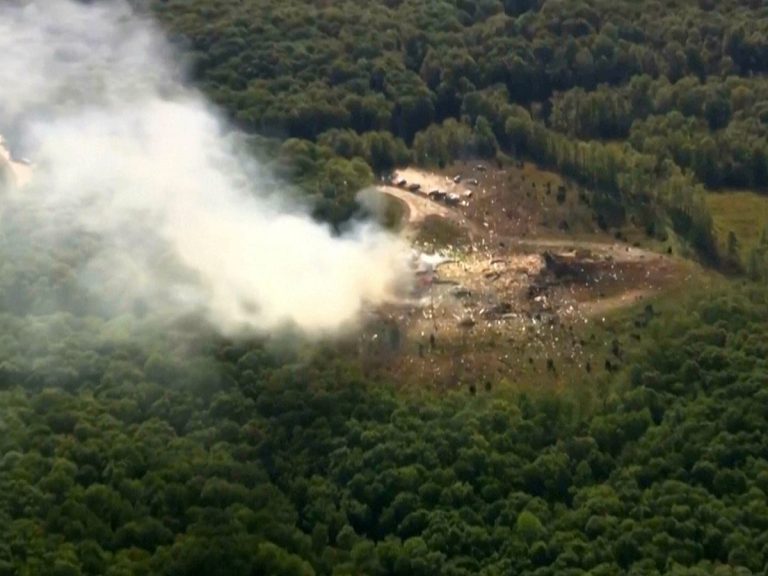Spanish Tourist Rescued from Egypt’s Bent Pyramid
A Spanish tourist’s visit to Egypt took a dramatic turn when she fell nearly 80 meters inside the Bent Pyramid, a significant archaeological site. The incident occurred on Saturday in the Dahshur area, located south of Cairo, prompting a swift response from local emergency teams.
Incident Details
The tourist lost her footing on a steep wooden ramp within the pyramid’s narrow corridors, resulting in a suspected foot fracture. Upon receiving an emergency call, rescue teams quickly mobilized to the site. They faced numerous challenges, including limited visibility and cramped conditions as they navigated the pyramid’s steep passageways.
Rescue Operation
Emergency responders, including medics and civil defense personnel, entered through a narrow, inclined passage that descends approximately 80 meters underground. The woman’s faint cries for help were crucial in guiding the rescuers to her location, which was near one of the pyramid’s inner chambers.
The operation was arduous and took several hours. After administering first aid, the team secured her with a harness and spine board. They then carefully maneuvered her back through the confined space, taking great care to avoid causing further injury. The ascent was slow and meticulous due to the narrowness of the passage and the lack of ventilation.
Successful Outcome
Ultimately, the tourist was safely brought to the surface and transported to a nearby hospital for further treatment. Officials characterized the rescue as one of the most challenging operations ever conducted in an archaeological site, highlighting the depth and restricted access involved. The professionalism and skill of the emergency services were praised, as they managed to ensure the woman’s safety without causing damage to the ancient structure.
FAQs
What caused the tourist to fall inside the pyramid?
The tourist slipped on a steep wooden ramp located within one of the pyramid’s narrow internal corridors.
How deep is the Bent Pyramid where the incident occurred?
The incident took place approximately 80 meters underground within the Bent Pyramid.
What measures were taken to ensure the tourist’s safety during the rescue?
Rescue teams provided first aid, secured her with a harness and spine board, and carefully navigated the narrow passageways to bring her to safety.
Conclusion
The successful rescue of the Spanish tourist from the Bent Pyramid underscores the challenges faced by emergency responders in archaeological sites. Their quick and skilled actions not only ensured the safety of the visitor but also preserved the integrity of this ancient monument. Moving forward, it highlights the need for increased safety measures for tourists exploring such historical locations.
The Bent Pyramid, located in the Dahshur necropolis, is one of Egypt’s most notable pyramids, built during the reign of Pharaoh Sneferu around 2600 BC. It is distinguished by its unique shape, which transitions from a steep angle at the base to a shallower angle near the top, creating a bent appearance. This architectural design is believed to be an early attempt at constructing a true pyramid, and it has drawn significant interest from archaeologists and tourists alike. The site is part of a larger complex that includes other pyramids and burial sites, making it a focal point for both historical study and tourism.
Tourism in Egypt has seen fluctuations in recent years due to various factors, including political instability and global health concerns. However, the country remains a popular destination for those interested in its rich history and ancient monuments. The incident involving the Spanish tourist serves as a reminder of the potential hazards that can arise in such historical sites, where ancient structures may not always meet modern safety standards. As tourism continues to grow, authorities may need to implement stricter safety protocols to protect visitors and preserve the integrity of these archaeological treasures.
In light of this incident, discussions surrounding visitor safety in archaeological sites are likely to gain momentum. Experts may advocate for improved signage, guided tours, and enhanced training for staff to assist tourists in navigating these complex environments. The balance between allowing public access to historical sites and ensuring visitor safety is a critical consideration for Egypt’s tourism sector, particularly as it seeks to attract more international visitors while safeguarding its invaluable heritage.
Also Read:
Tips to Care for Heritage Sarees and Ensure Longevity







